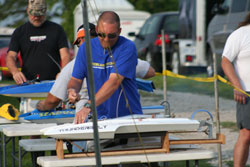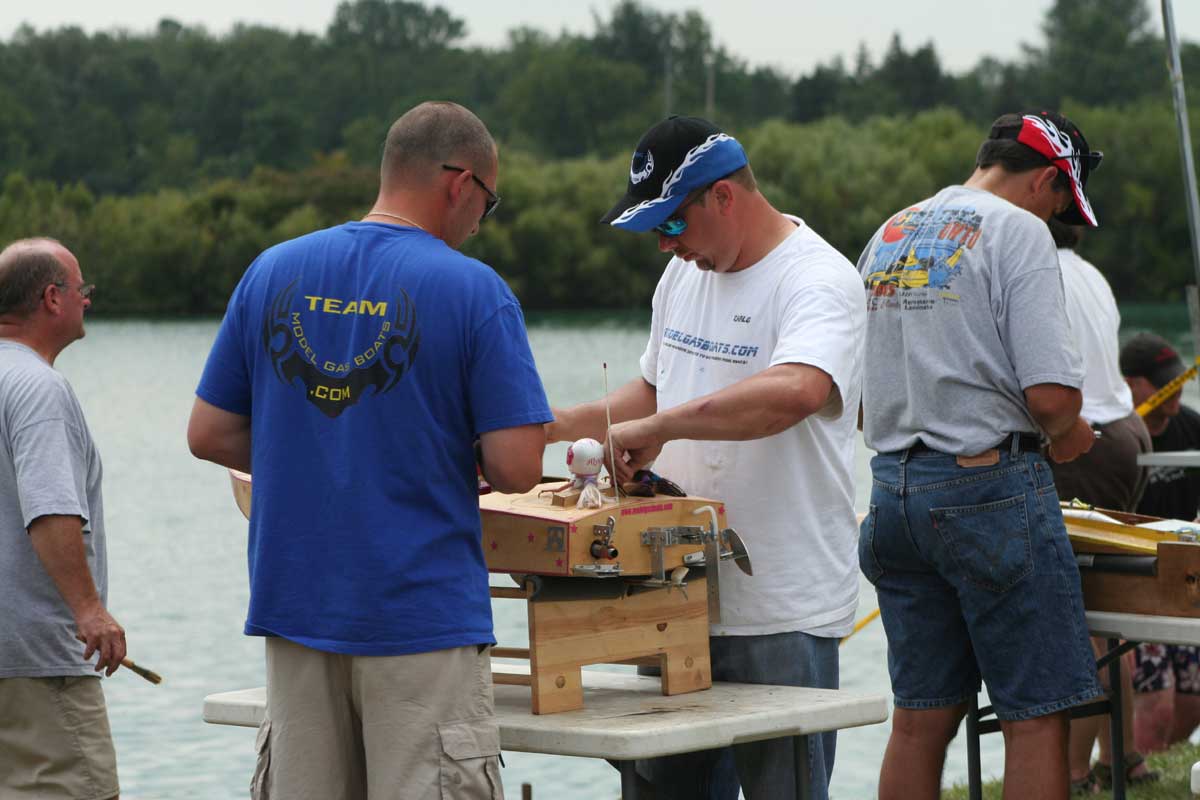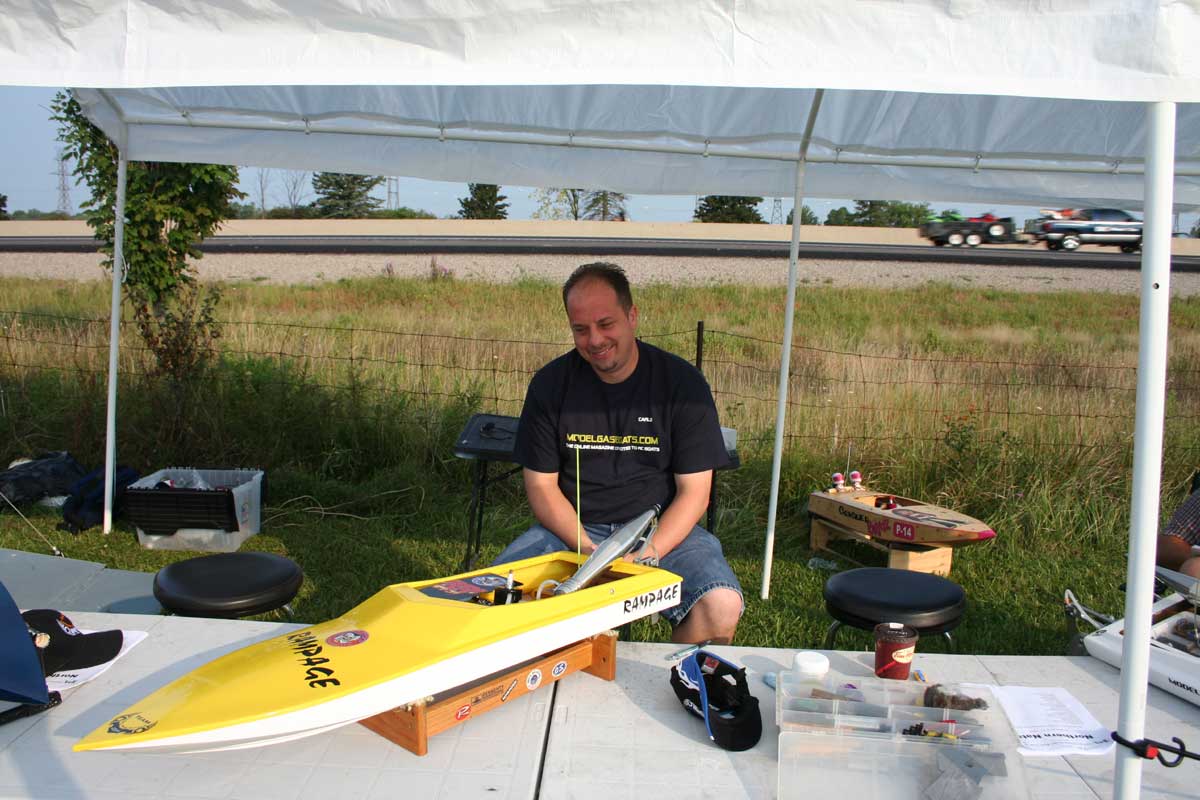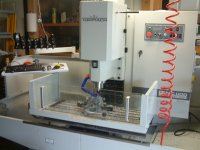
A few tips and tricks on how to start your engines...the easy way!
The more races I attend the more I see guys having trouble starting their engines and pulling on their pull-starts till they have blisters on their hands. These engines are not and should not be that hard to start if nothing is wrong with them. There are a few simple procedures to follow, depending on the application, that once you learn them will help you start your engines within a few pulls.

 Let’s start with a stock Zenoah with the factory WT-644 carburetor equipped with choke. The first thing you will want to do is press the pump ball a few times to ensure that you are receiving fuel to the carburetor. Once you have fuel in the pump ball then you are ready. You will need to turn your choke on and pull the pull-start until you hear the engine try to start. Once it tries to start turn the choke off, hold the engine at half throttle and it should fire up within a couple of pulls, if it does not start within four or five pulls then repeat the cycle. If it tries to start then kills you will again need to repeat the cycle. DO NOT LEAVE THE CHOKE ON AFTER IT TRIES TO START OR YOU WILL FLOOD THE ENGINE AND MAKE IT VERY HARD TO START. Carburetor settings for this engine should be 1-½ on the low side and 1-1/8 on the high side. These settings should be really close and you should not need to vary much from there.
Let’s start with a stock Zenoah with the factory WT-644 carburetor equipped with choke. The first thing you will want to do is press the pump ball a few times to ensure that you are receiving fuel to the carburetor. Once you have fuel in the pump ball then you are ready. You will need to turn your choke on and pull the pull-start until you hear the engine try to start. Once it tries to start turn the choke off, hold the engine at half throttle and it should fire up within a couple of pulls, if it does not start within four or five pulls then repeat the cycle. If it tries to start then kills you will again need to repeat the cycle. DO NOT LEAVE THE CHOKE ON AFTER IT TRIES TO START OR YOU WILL FLOOD THE ENGINE AND MAKE IT VERY HARD TO START. Carburetor settings for this engine should be 1-½ on the low side and 1-1/8 on the high side. These settings should be really close and you should not need to vary much from there. Next we have the Sikk/CY engines that come equipped with a WT-771 carburetor. The first thing you will want to do is press the pump ball a few times to ensure that you are receiving fuel to the carburetor. Once you have fuel in the pump ball then you are ready. You will need to place your finger over the mouth of the carburetor and slowly rotate the engine through a couple of cycles. Check to see if you have fuel on your finger and if you have a good amount then it is time to start the engine. Hold the engine at half throttle and it should fire up within a few pulls. If it does not start within four or five pulls then repeat the cycle. If it tries to start then kills you will again need to repeat the cycle. Carburetor settings for this engine should be 1-½ on the low side and 1-1/8 on the high side. These settings should be really close and you should not need to vary much from there.
 Zenoah/Sikk/CY/J&G/Quickdraw with stock or modified WT-257 carburetor. You will need to place your finger over the mouth of the carburetor and slowly rotate the engine through a couple of cycles. Check to see if you have fuel on your finger and if you have a good amount then it is time to start the engine. Hold the engine at half throttle and it should fire up within a few pulls. If it does not start within four or five pulls then repeat the cycle. If it tries to start then kills, you will again need to repeat the cycle. Since these carburetors do not have a primer bulb you will need to make sure you have revved the engine a few times to make sure you clear out the air that may be in the fuel lines. Carburetor settings for these engines with this style carburetor should be 2-1/4 on the low side and 1 on the high side. These settings should be really close and you should not need to vary much from there.
Zenoah/Sikk/CY/J&G/Quickdraw with stock or modified WT-257 carburetor. You will need to place your finger over the mouth of the carburetor and slowly rotate the engine through a couple of cycles. Check to see if you have fuel on your finger and if you have a good amount then it is time to start the engine. Hold the engine at half throttle and it should fire up within a few pulls. If it does not start within four or five pulls then repeat the cycle. If it tries to start then kills, you will again need to repeat the cycle. Since these carburetors do not have a primer bulb you will need to make sure you have revved the engine a few times to make sure you clear out the air that may be in the fuel lines. Carburetor settings for these engines with this style carburetor should be 2-1/4 on the low side and 1 on the high side. These settings should be really close and you should not need to vary much from there. Some other things to consider when you have problems starting an engine is to remember that if you flip your boat over or get behind another boat's rooster tail, then you need to remove the spark plug and drain any water from the engine that it may have ingested. Do this as soon as possible to avoid problems. Fresh spark plugs are always a good idea when your engine has ingested water. Also make sure to get any excess water out of your tuned pipe as it will drain back into your engine. The next thing to remember is that you do not always need to keep choking an engine if it is not starting, you will only flood it and make the situation worse. If you do flood the engine remove the plug and move the plug wire away from the cylinder and pull the cylinder over rapidly a few times with your finger lightly over the plug hole to clean the excess fuel out of the cylinder. Clean the excess fuel off of the spark plug and re-install. Hold half throttle and try to start your engine.
After you get used to these procedures starting your engine will be a breeze and if they do not start you will know that you have a problem that needs to be addressed.
Reference table for starting point needle settings of popular carburetors
| CARBURETOR |
LOW NEEDLE |
HIGH NEEDLE |
|
| WT-644 | 1-1/2 | 1-1/8 | |
| WT-771 | 1-1/2 | 1-1/8 | |
| WT-257 | 2-1/4 | 1 | |
| WT-813 | 1-3/8 | 1-1/2 |
Good Luck and enjoy your boats!
Carlo C.
CC Racing Engines


